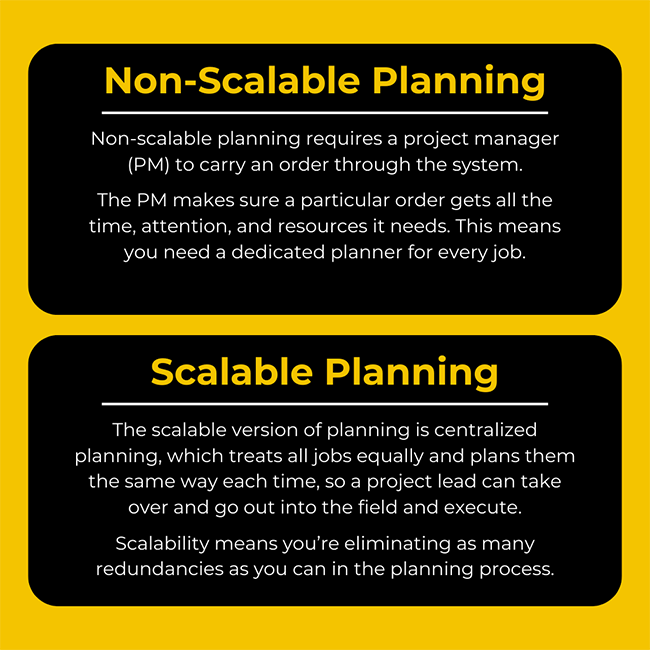Network Infrastructures Services
Network infrastructure refers to the physical and virtual components that enable the flow of data and communication within an organization. It encompasses a wide range of technologies and equipment, including:
1. Networking Hardware: This includes routers, switches, access points, firewalls, and load balancers that manage data traffic within a network.
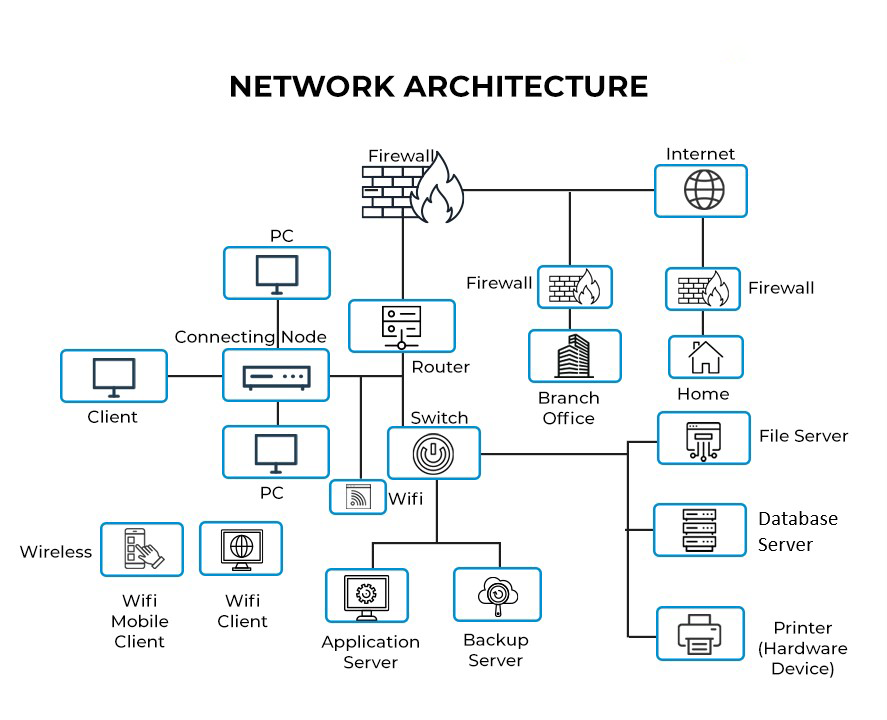
2. Cabling and Wiring: The physical medium, such as Ethernet cables or fiber optic cables, that connects devices and ensures data transmission.

3. Network Protocols: The set of rules and conventions that govern how data is formatted, transmitted, received, and processed on a network.
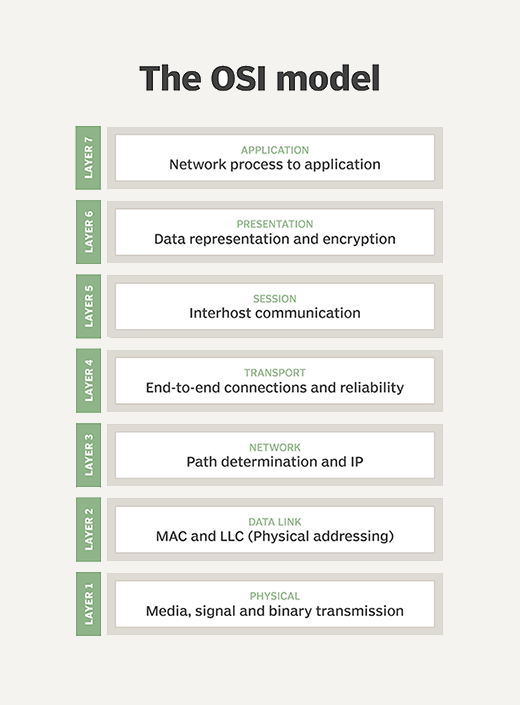
4. Network Security: Measures and technologies (e.g., firewalls, intrusion detection systems, encryption) to protect the network from unauthorized access and cyber threats.
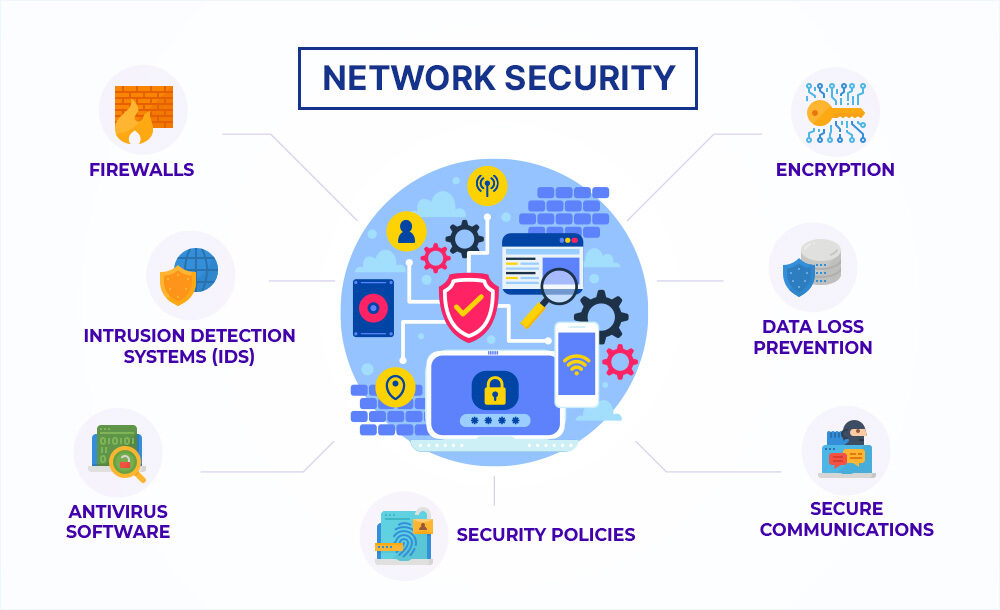
5. Wireless Networking: The setup of wireless access points and wireless LANs (Wi-Fi) to enable connectivity without physical cables.
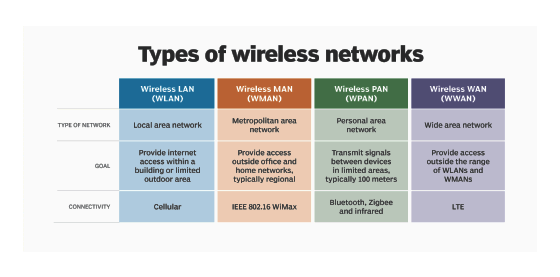
6. Virtual Private Networks (VPNs): Securely extend a network’s reach over the internet, allowing remote access for employees and secure data transmission.
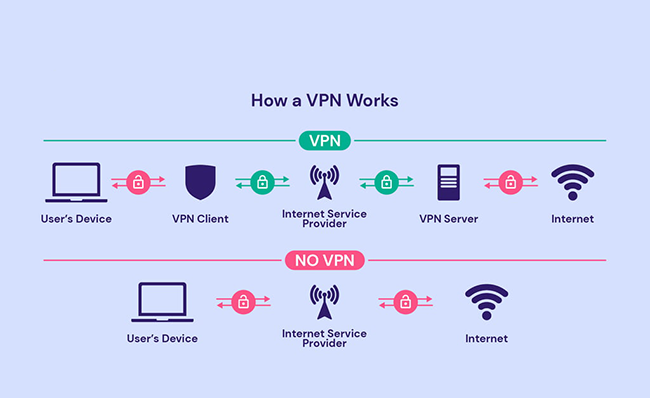
7. Network Monitoring and Management: Tools and practices for monitoring network performance, diagnosing issues, and ensuring optimal network operation.
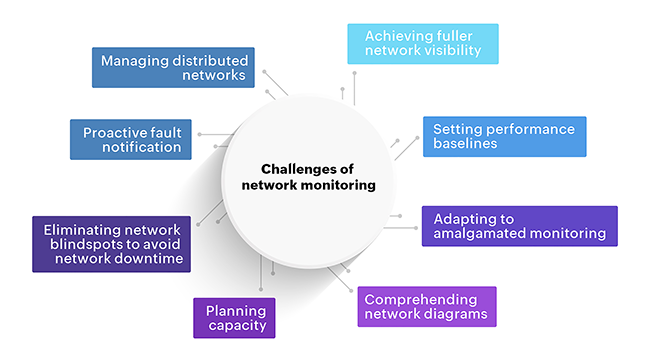
Network Infrastructure Services:
As an experienced engineer, here are the services you can offer in network infrastructure:
1. Network Design: Plan and design network architectures tailored to clients’ needs, ensuring scalability, redundancy, and high availability.
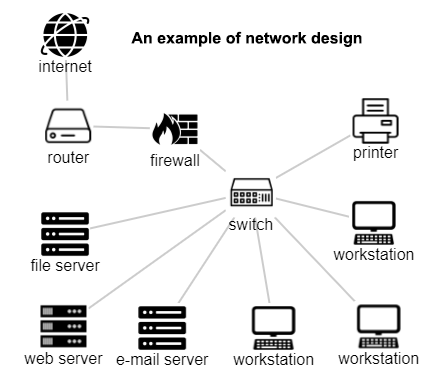
2. Network Implementation: Deploy network hardware and configurations, including routers, switches, and access points, following best practices for security and performance.
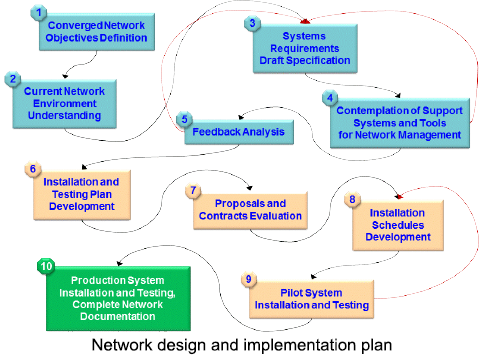
3. Network Optimization: Assess existing networks for inefficiencies and bottlenecks, and implement optimizations to enhance speed and reliability.
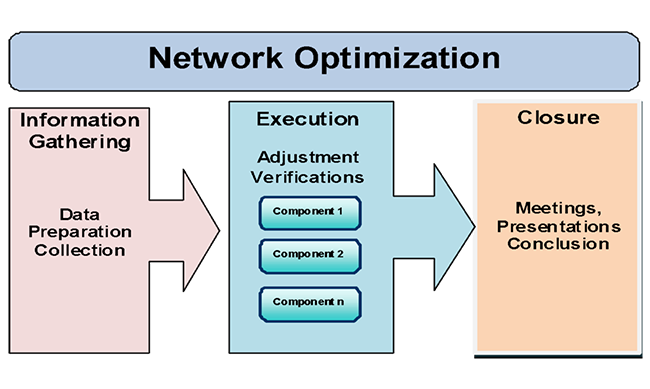
4. Security Assessments: Conduct security assessments and vulnerability scans to identify and mitigate network vulnerabilities and threats.
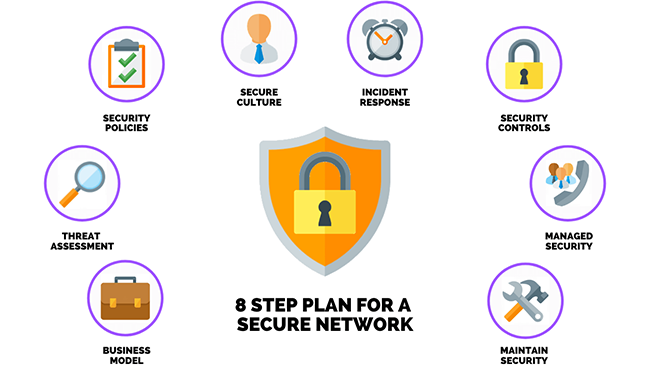
5. Network Upgrades: Assist clients in upgrading and modernizing their network infrastructure to accommodate growing data demands and new technologies.
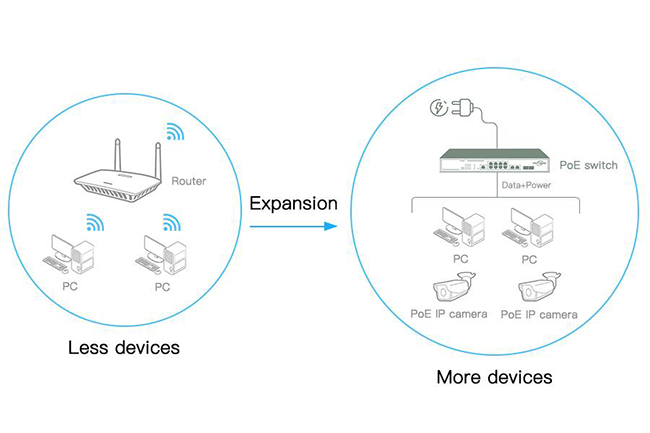
6. Cloud Networking: Implement cloud-based networking solutions, such as Virtual Private Clouds (VPCs) and Software-Defined Networking (SDN).
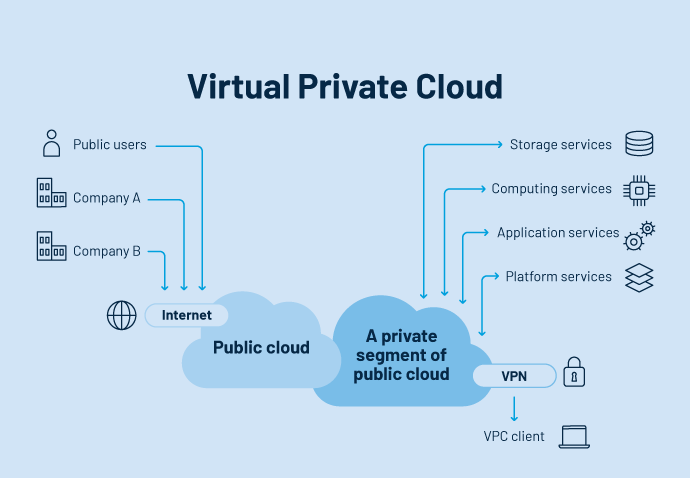
7. Network Monitoring: Set up real-time monitoring and alerting systems to proactively identify and address network issues.
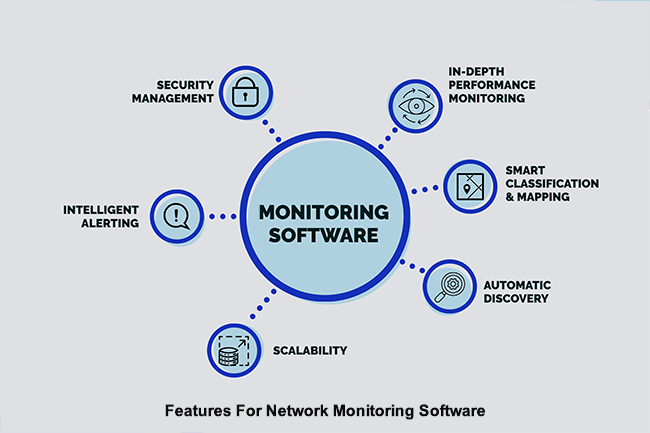
8. Disaster Recovery and Redundancy: Design and implement redundancy and disaster recovery strategies to ensure business continuity in case of network failures.
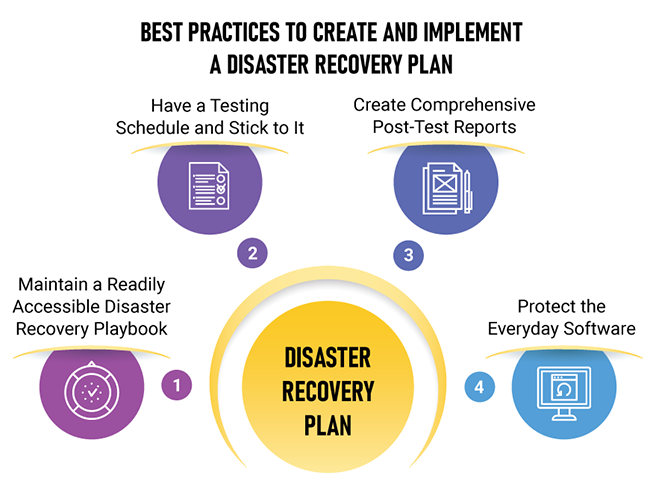
9. Network Documentation: Create comprehensive documentation of network configurations, hardware inventory, and network diagrams.

10. Network Training: Offer training and workshops to educate clients’ IT teams on network management and best practices.

11. Compliance and Security: Ensure that network infrastructure adheres to industry compliance standards (e.g., PCI DSS, HIPAA) and implement robust security measures.
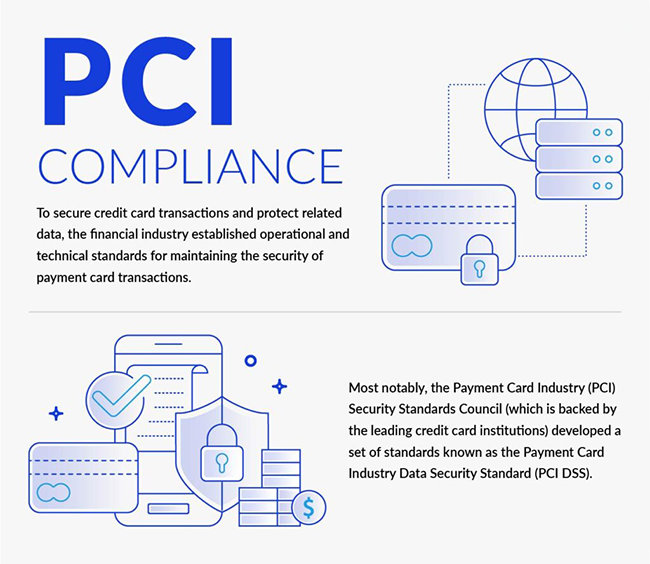
12. Scalability Planning: Develop network architectures that can scale with the growth of the client’s business.
